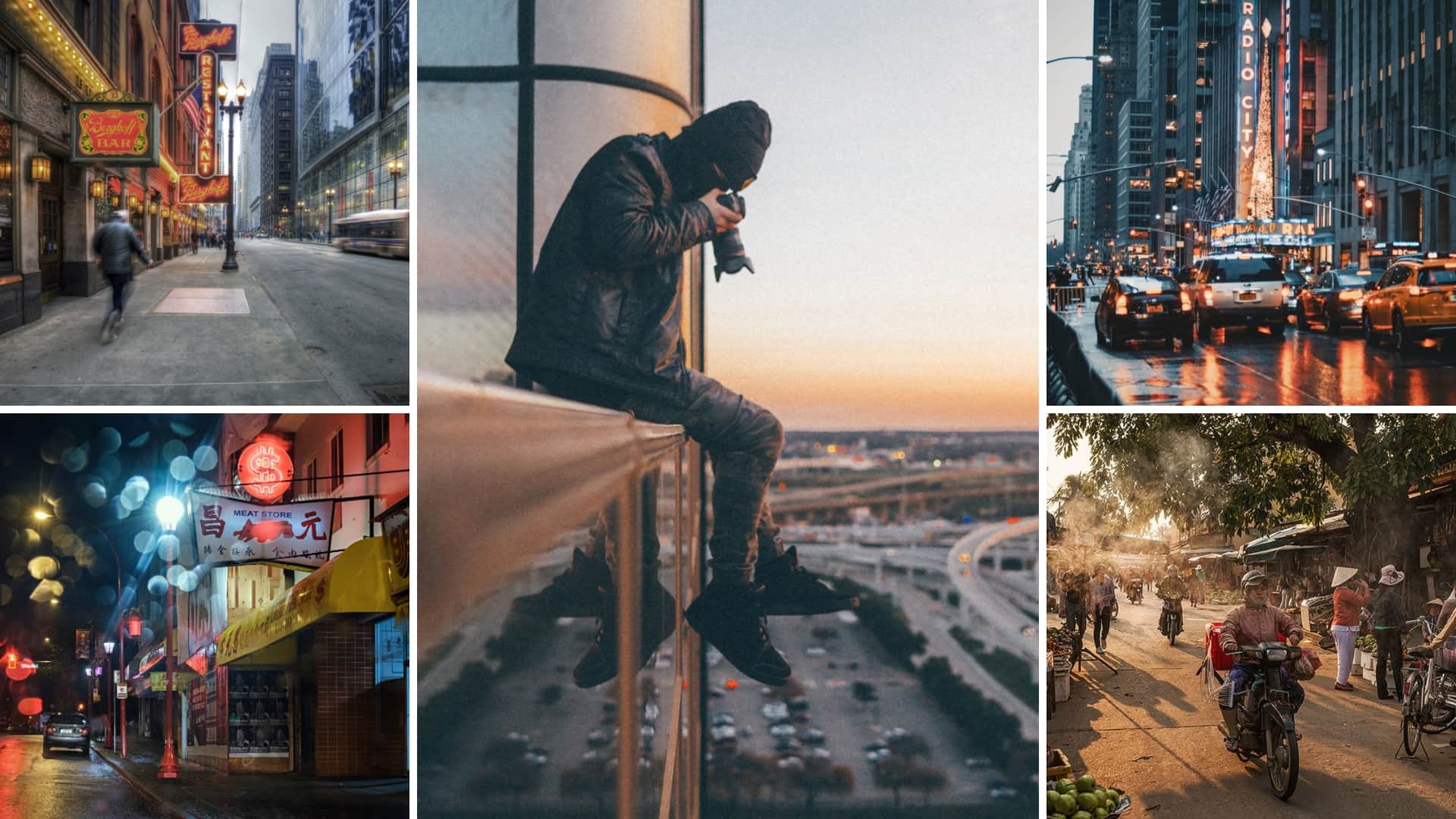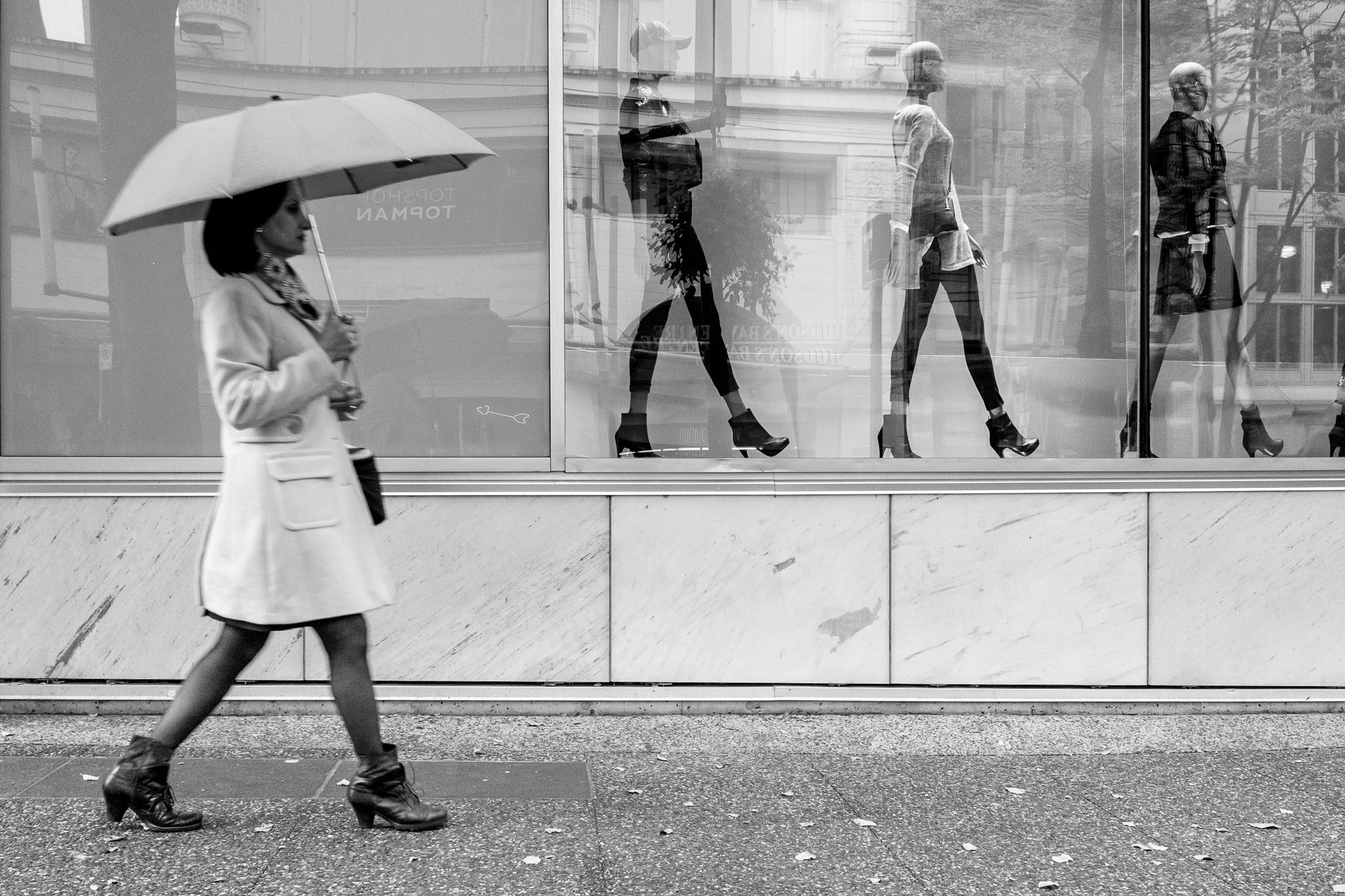Framing Streets Fundamentals Explained
An Unbiased View of Framing Streets
Table of ContentsFraming Streets - The FactsThe Main Principles Of Framing Streets The Ultimate Guide To Framing StreetsUnknown Facts About Framing StreetsThe Definitive Guide for Framing StreetsThe smart Trick of Framing Streets That Nobody is Discussing
Digital photography style "Crufts Dog Program 1968" by Tony Ray-Jones Road digital photography (also sometimes called candid photography) is photography conducted for art or questions that includes unmediated opportunity experiences and arbitrary occurrences within public locations, typically with the objective of catching pictures at a decisive or touching moment by mindful framework and timing. 
, that was motivated to take on a comparable documents of New York City. As the city developed, Atget helped to advertise Parisian streets as a worthy subject for photography.

The Main Principles Of Framing Streets
Martin is the very first taped photographer to do so in London with a masked cam. Mass-Observation was a social research organisation established in 1937 which intended to videotape everyday life in Britain and to tape-record the responses of the 'man-in-the-street' to King Edward VIII's abdication in 1936 to marry divorce Wallis Simpson, and the succession of George VI. The chief Mass-Observationists were anthropologist Tom Harrisson in Bolton and poet Charles Madge in London, and their very first report was produced as guide "May the Twelfth: Mass-Observation Day-Surveys 1937 by over 2 hundred viewers" [] Home window cleaner at Kottbusser Tor, Berlin, by Elsa Thiemann c. 1946 The post-war French Humanist College photographers found their subjects on the street or in the restaurant. In between 1946 and 1957 Le Groupe des XV yearly exhibited work of this kind. Andre Kertesz. Circus, Budapest, 19 May 1920 Street digital photography formed the significant web content of 2 exhibitions at the Gallery of Modern Art (Mo, MA) in New York curated by Edward Steichen, Five French Professional Photographers: Brassai; Cartier-Bresson, Doisneau, Ronis, Izis in 1951 to 1952, and Post-war European Digital Photography in 1953, which exported the concept of street photography internationally.

All about Framing Streets
The recording maker was 'a surprise camera', a 35 mm Contax concealed beneath his layer, that was 'strapped to the breast and connected to a lengthy cable strung down the best sleeve'. His work had little contemporary effect blog as due to Evans' sensitivities concerning the creativity of his project and the personal privacy of his topics, it was not published till 1966, in the book Numerous Are Called, with an introduction written by James Agee in 1940.
Helen Levitt, after that an instructor of young children, associated with Evans in 193839. She documented the temporal chalk drawings - Street photography hashtags that belonged to kids's road society in New York at the time, as well as the kids who made them. In July 1939, Mo, MA's new digital photography section consisted of Levitt's operate in its inaugural exhibitionRobert Frank's 1958 publication,, was considerable; raw and frequently indistinct, Frank's images examined traditional digital photography of the moment, "tested all the official regulations laid down by Henri Cartier-Bresson and Pedestrian Evans" and "contradicted the wholesome pictorialism and wholehearted photojournalism of American magazines like LIFE and Time".